| |
Security
Cameras - Lens Chart
| |
CCTV Visual Lens Comparison
Chart
|
The following chart
displays the comparison of CCTV lens with the regular
135mm film camera lens.
CCTV lens |
|
Standard
Camera
|
Focal
Length
|
Angle
|
|
Focal
Length
|
2.5mm
|
120°
|
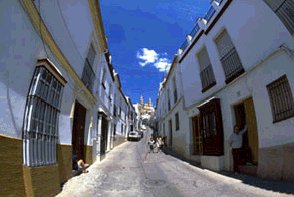
|
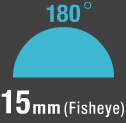
|
3.6mm
|
92°
|

|

|
4.3mm
|
78°
|
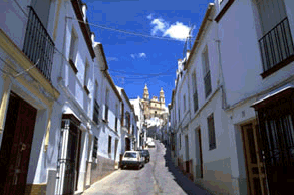
|

|
6.0mm
|
53°
|

|
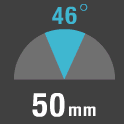
|
12mm
|
25°
|

|

|
25mm
|
18°
|

|
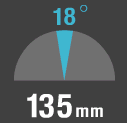
|
|
lens
size
|
Field
of View (in ft.)
|
5
ft
away
|
10
ft
away
|
15
ft
away
|
25
ft
away
|
50
ft
away
|
100
ft
away
|
mm
|
w
|
h
|
w
|
h
|
w
|
h
|
w
|
h
|
w
|
h
|
w
|
h
|
3.6
|
7.5
|
5.2
|
15.1
|
10.4
|
22.6
|
15.6
|
37.7
|
26.1
|
75.4
|
52.1
|
151
|
104
|
6.0
|
3.8
|
2.9
|
7.7
|
5.7
|
11.5
|
8.6
|
19.2
|
14.4
|
38.4
|
28.7
|
77
|
57
|
8.0
|
2.9
|
2.1
|
5.7
|
4.3
|
8.6
|
6.4
|
14.4
|
10.7
|
28.7
|
21.3
|
57
|
43
|
12.0
|
1.9
|
1.5
|
3.9
|
3.0
|
5.8
|
4.5
|
9.7
|
7.5
|
19.4
|
14.9
|
39
|
30
|
Lux
and low lighting chart
|
Condition
|
Illumination
|
Details
|
(FTCD)
|
(LUX)
|
Sunlight
Full Daylight
Overcast Day
Very Dark Day
Twilight
Deep Twilight
|
10,000
1,000
100
10
1
.1
|
107,527
10,752.7
1,075.3
107.53
10.75
1.08
|
Daylight
Range
|
Full Moon
Quarter Moon
Starlight
Overcast Night
|
.01
.001
.0001
.00001
|
.108
.0108
.0011
.0001
|
Low Light
Level Range
|
During the day the amount of illumination reaching a scene depends
on the time of day and atmospheric conditions.
Direct
sunlight produces the highest-contrast scene, allowing maximum
identification of objects.
On a cloudy or overcast
day, less light is received by the objects in the scene, resulting
in less contrast.
To produce an optimum camera
picture under the wide variation in light level (such as
occurs when the sun is obscured by clouds), an automatic-iris
camera
system is required.Typically, scene illumination
measured in foot-candles (ftcd) can vary
over a range of 10,000 to 1 (or more), which exceeds the
operating
range of most cameras for producing good quality video images. The
chart above summarizes the light levels occurring under daylight
and these low light level conditions. The equivalent
metric measure of light level (lux) compared
with the English (ftcd) is given.
|
|
|
|

